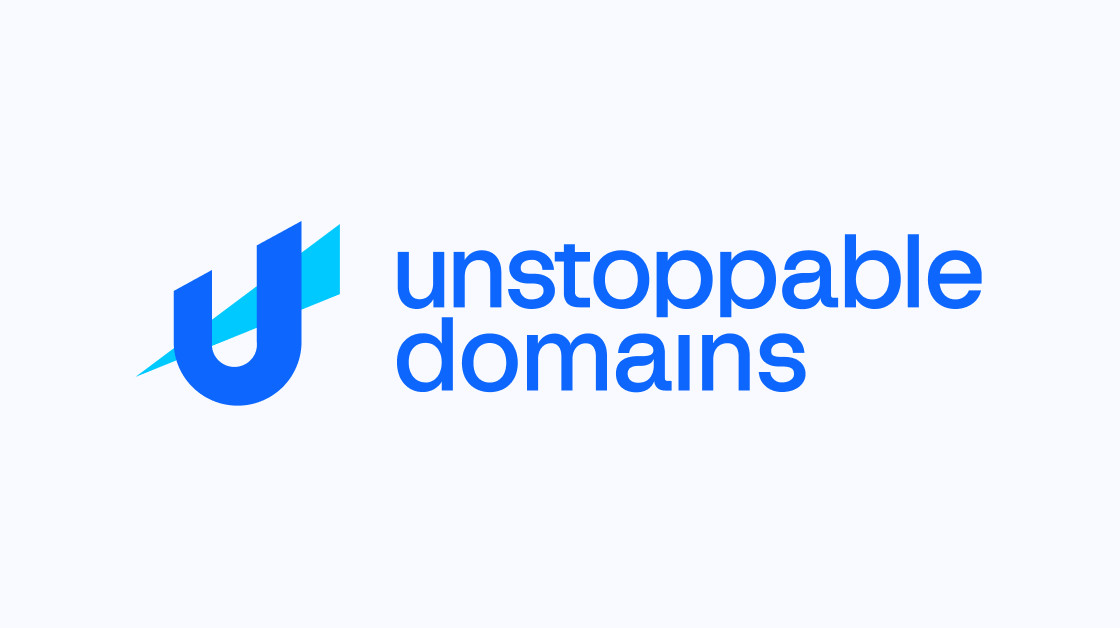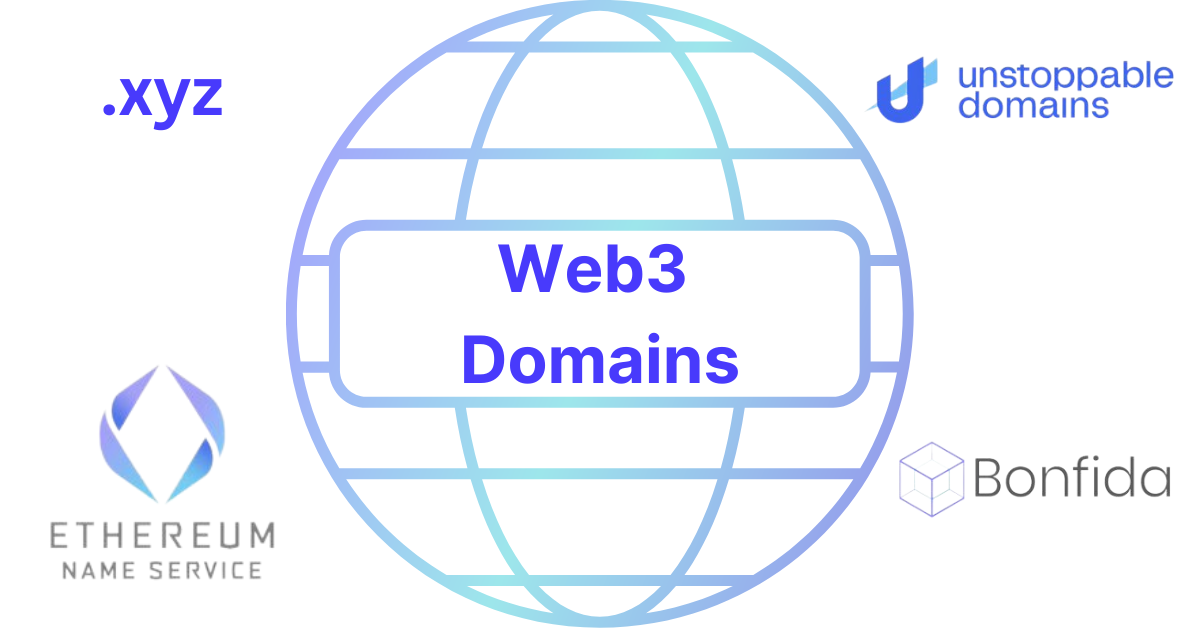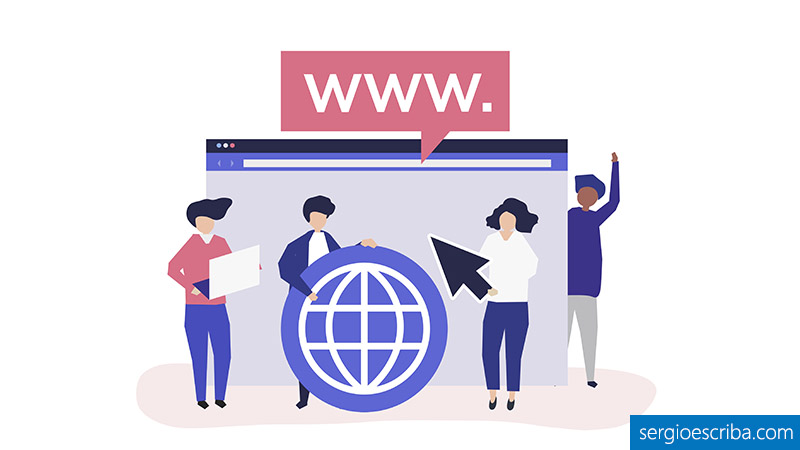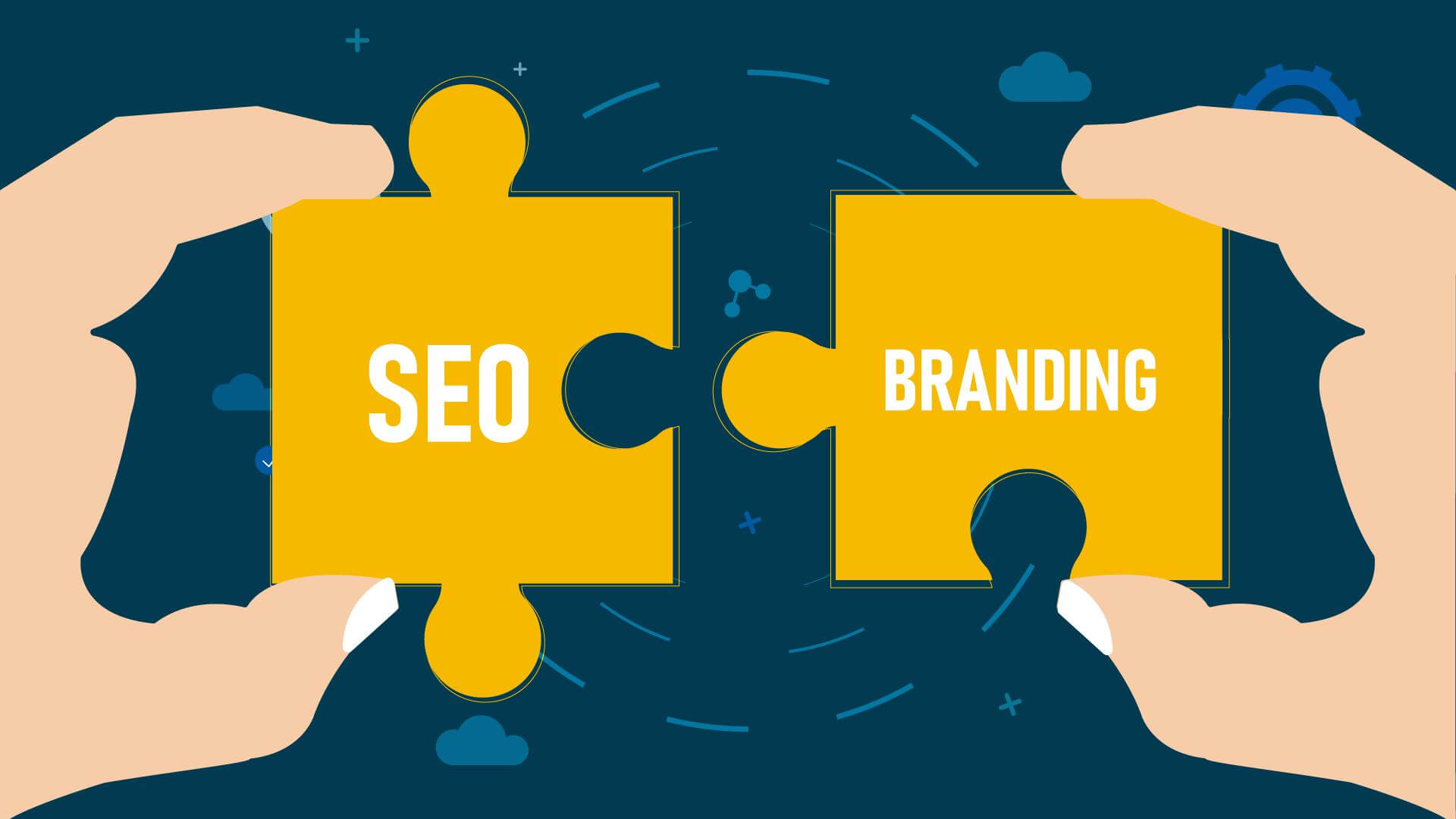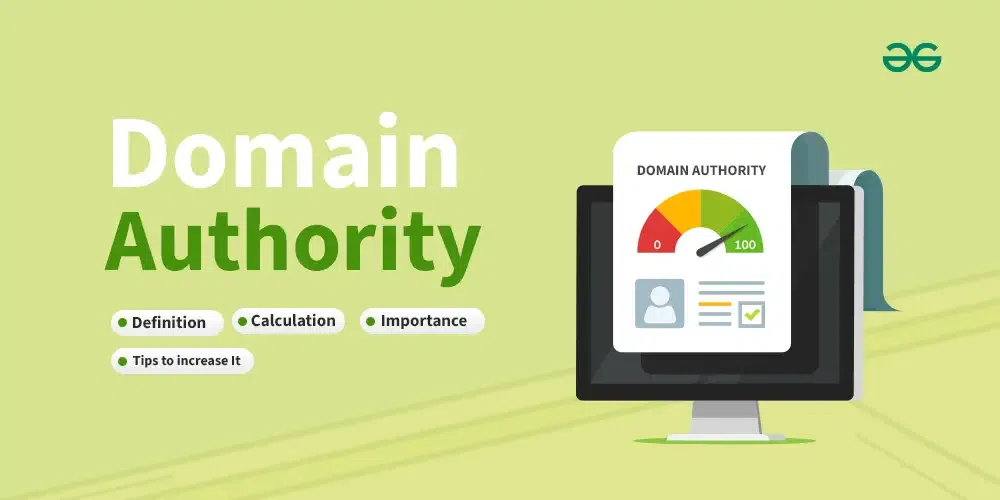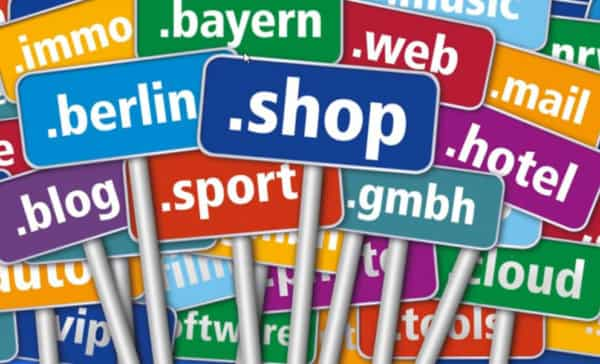Afternic, a GoDaddy brand, has just announced exciting news for its users—especially those with domains registered through Unstoppable Domains. In a recent email, the company revealed that Unstoppable […]
Popular Posts
Trending Posts
Recent Posts
Editors Choice
Emerging Domain Trends: Web3, Blockchain Domains and What to Monitor
The domain landscape is undergoing fundamental transformation as blockchain technology enables entirely new paradigms of domain ownership, control, and functionality. While traditional domains (over 350 million registered globally) […]
How to Build Domain Equity Over Time: Beyond Just a URL
Domain equity represents far more than the resale value or registrant ownership—it encompasses the accumulated trust, authority, brand recognition, and traffic-generating potential that transforms a simple domain name […]
Internal Domain Security Checklist: From WHOIS Privacy to DNS Protection
Domain security represents a critical but often overlooked foundation of digital infrastructure. The financial and reputational consequences of domain compromise extend far beyond the domain itself—hijacked domains can […]
Multi-Domain Strategies for Global Brands: Country TLDs, Redirects, and Consistency
Managing digital presence across multiple international markets presents one of the most complex challenges in modern SEO and branding. The decisions made about domain architecture—whether to use country-code […]
Expired Domains: Hidden Value or SEO Minefield?
The expired domain market presents one of digital marketing’s most tantalizing paradoxes: domains offering legitimate opportunities for competitive advantage through inherited authority also harbor genuine risks of severe penalties […]
The Legal Side of Domains: Trademarks, UDRP and Domain Disputes
The intersection of domain names and intellectual property law creates a complex regulatory environment where brand protection meets internet governance. Understanding the legal mechanisms available to protect domains […]
Branding vs SEO: How Much Does Your Domain Still Matter?
The question of domain importance has become increasingly nuanced. While the digital landscape has transformed dramatically over the past decade, domains remain fundamentally important in 2025—but for reasons that […]
How to Evaluate Domain Authority Before You Buy
When considering purchasing a domain—whether it’s a new domain for your business or an expired domain with existing authority—comprehensive domain authority evaluation is essential to avoid costly mistakes. […]
The Future of gTLDs: What .ai, .io & .new mean for Brands
The global domain name system is undergoing a fundamental transformation. While .com remains the market leader, new generic top-level domains (gTLDs) are reshaping how brands establish their digital identities. […]
